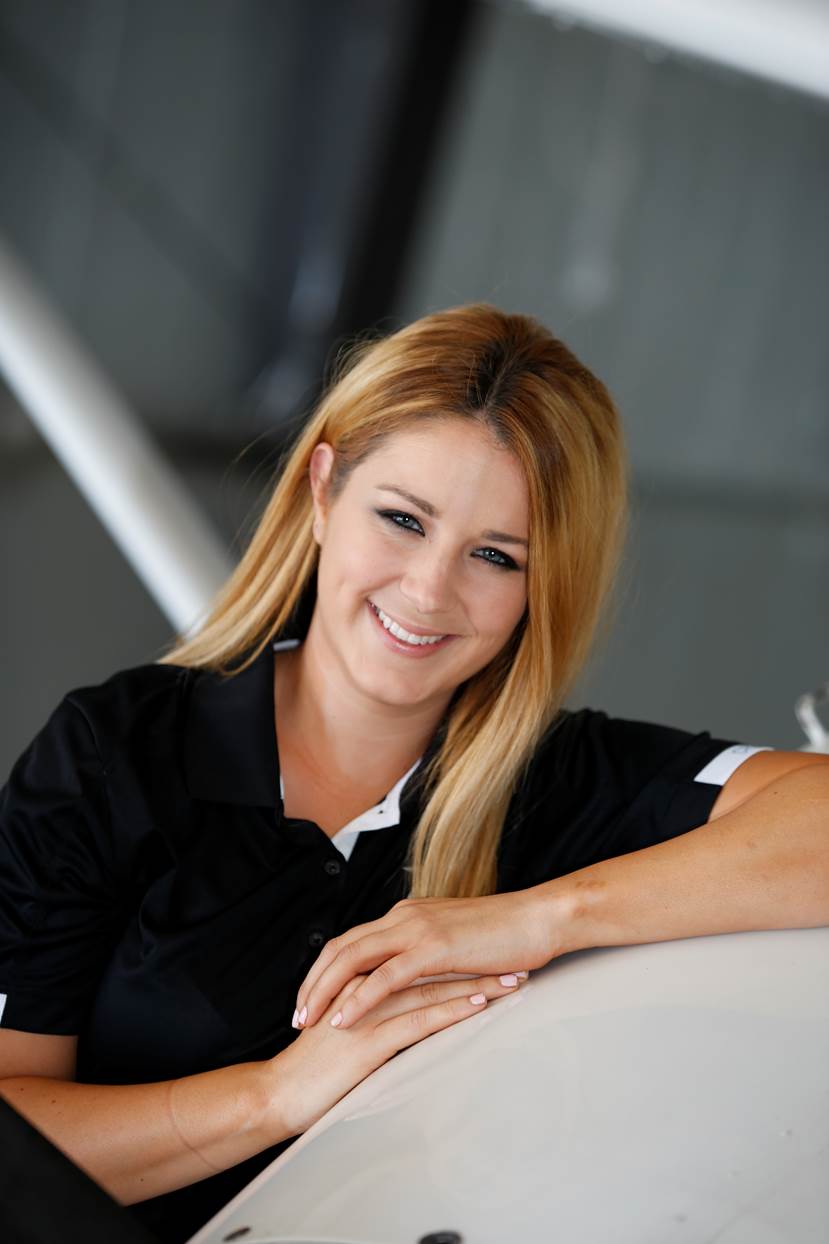A little help from above
Volunteer pilots aid in Oregon disaster relief
Historic wildfires have spread from California to Oregon, engulfing more than 1 million acres of the state as front-line workers and firefighters scramble to contain the blazes. Quickly depleting their supply of masks and medical gear, aid came from a reliable source—general aviation pilots.
The California Disaster Airlift Response Team, the Oregon Pilots Association, and Angel Flight West responded to an appeal from humanitarian relief organization Direct Relief, which had collected the critically needed supplies but needed help getting them where they needed to be. GA pilots assembled a “flying armada” of 20 aircraft, Direct Relief noted in the description of a YouTube video documenting the effort. Volunteer pilots converged on Northern California’s airports, including Santa Barbara Municipal Airport and Reid-Hillview of Santa Clara County Airport, and loaded 20 aircraft with 5,000 pounds of medical supplies—including 100,000 KN95 masks.
Direct Relief, based in California, would normally use commercial shipping companies like FedEx or UPS, but because of delays from the wildfires, it sought help from GA. Each medical kit included inhalers, antibiotics, and wound care to treat up to 750 people.
In addition to the logistics challenge, conditions proved taxing for pilots as they had to avoid temporary flight restrictions for forest fires and contend with heavy smoke and instrument conditions. However, the mission went off without a hitch, and their efforts were recognized by several major news outlets such as ABC, NBC, CBS, and FOX stations that had picked up the story.
CalDART President Paul Marshall thanked the pilots who generously donated their time and aircraft, writing, “Saturday was a test of how we might handle an even larger future disaster, and it showed the potential enormous benefit that we can bring. Imagine the number of planes and volunteers we would need, and the kinds of transport operations the communities would need if we had a 7.9 earthquake in LA, San Diego, or the Bay Area. It is our desire to be ready for such a catastrophe so that all 54,000 pilots in the state of California have a chance to offer their services to help, in a scale that will be meaningful to the minimization of misery, suffering and loss of life after such a major calamity.”
Speaking to ABC’s KEZI 9, Andrew MacCalla, vice president of emergency response for Direct Relief, said, “You actually see the best of humanity in these times. You really see people offering to help in whatever way they can. It's not just giving money. Sometimes it's giving time.”
As aerial firefighting continues on the West Coast, it’s clear the role GA pilots and airports play is crucial for surrounding communities, especially in times of crisis. In California, Reid-Hillview airport has played a significant role in firefighting efforts with the deployment of tanks for helicopter fire retardant used by Cal Fire. Despite being an asset for residents, Reid-Hillview has been continually targeted by officials in Santa Clara County who are actively planning to close the airport. Likewise, Santa Monica Municipal Airport is set to close in 2028 despite being a key tool in disaster relief and an irreplaceable piece of infrastructure.




